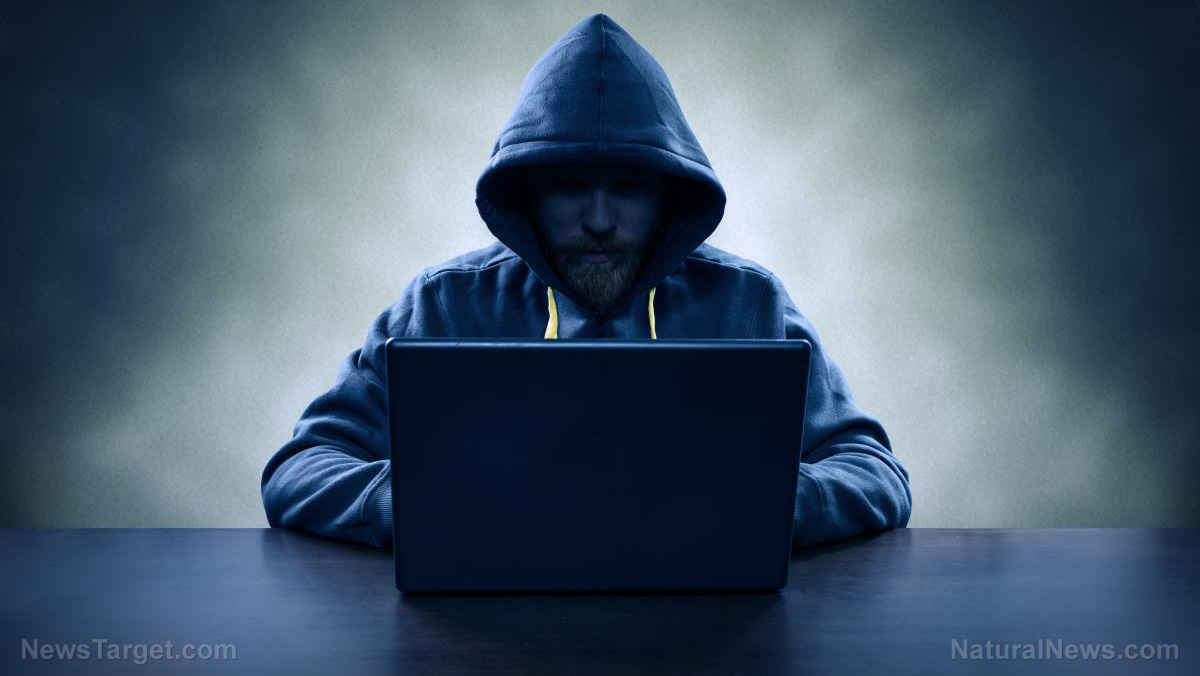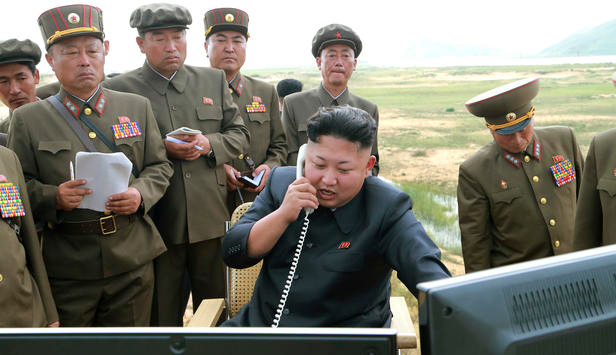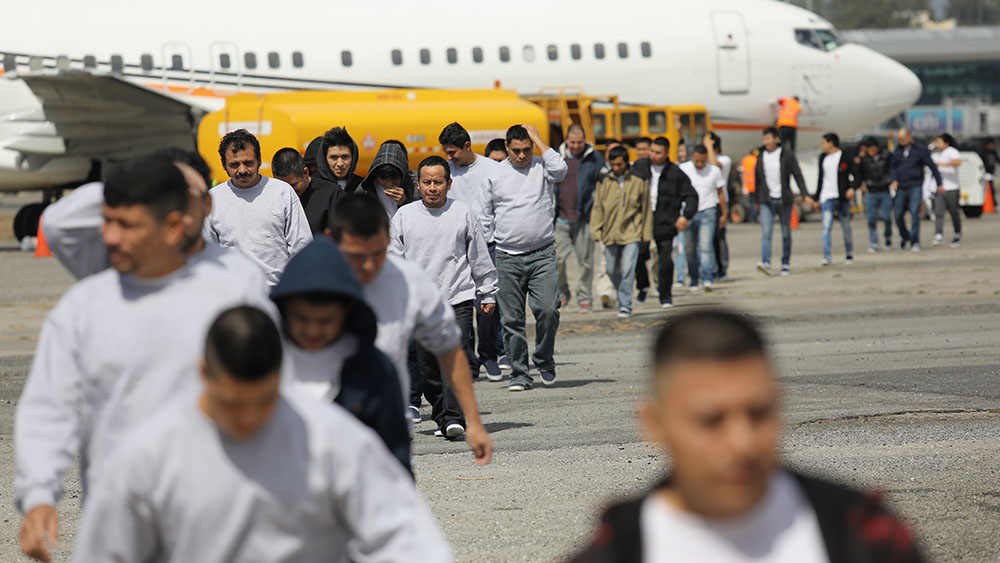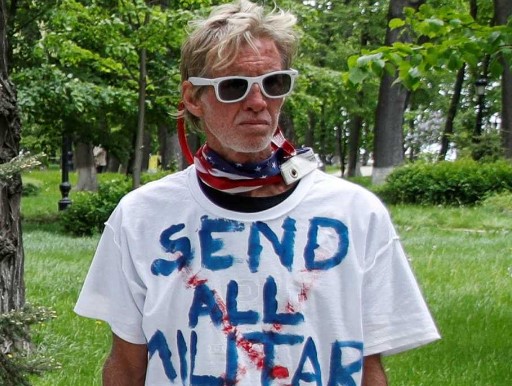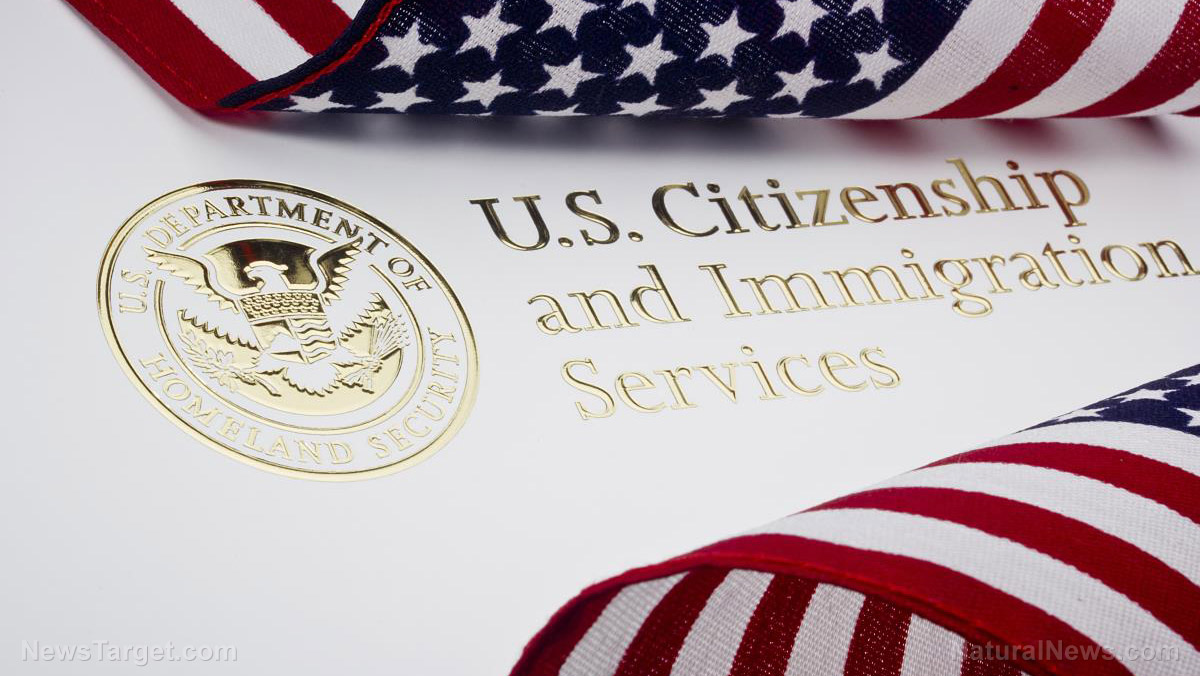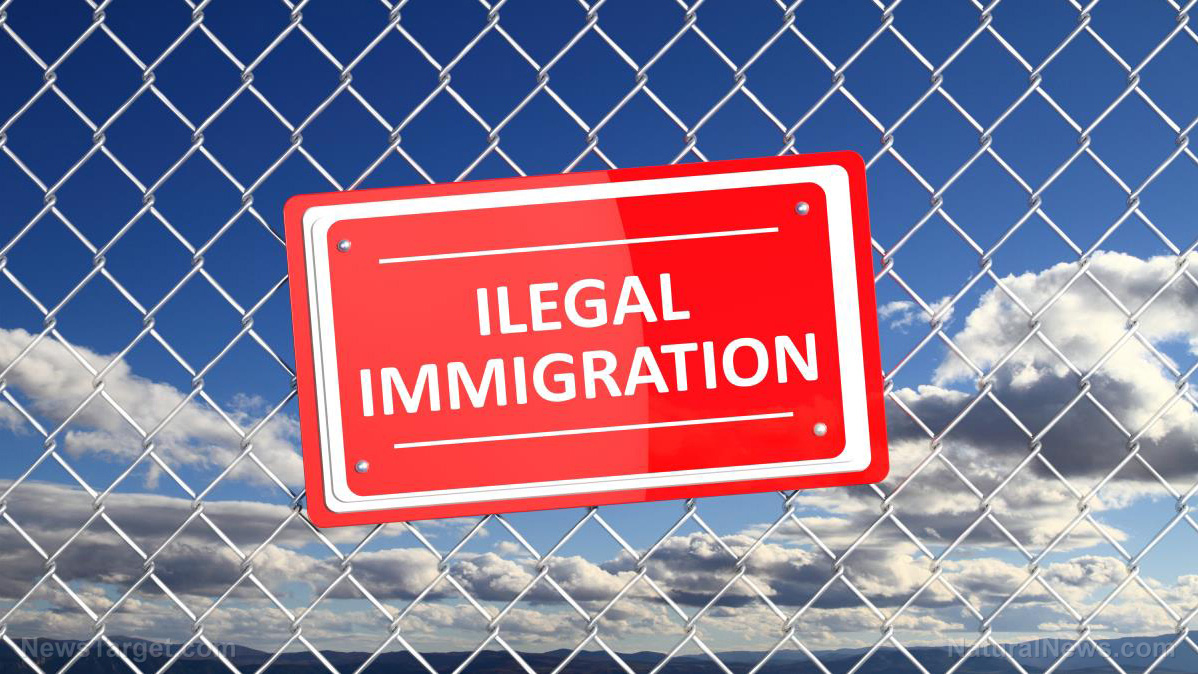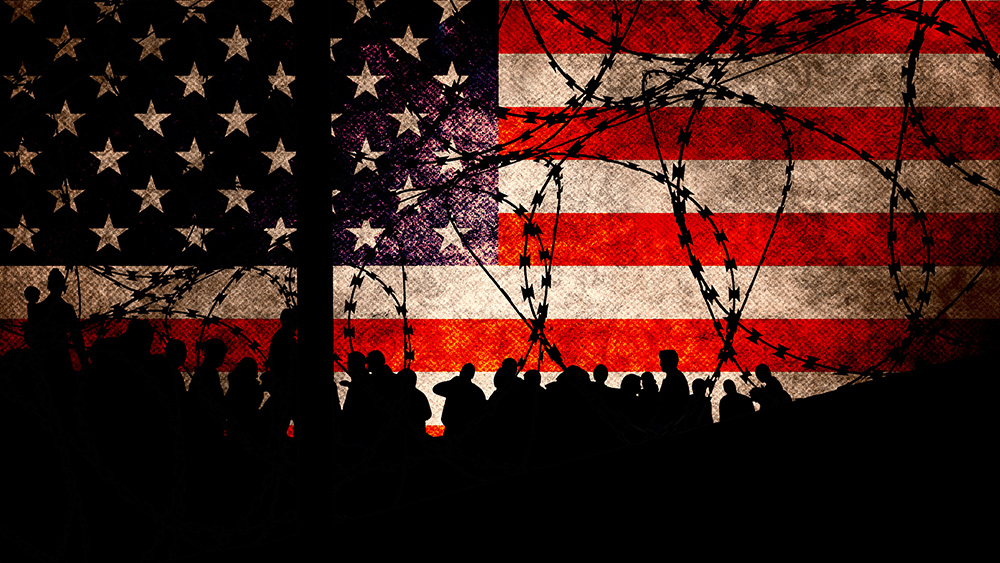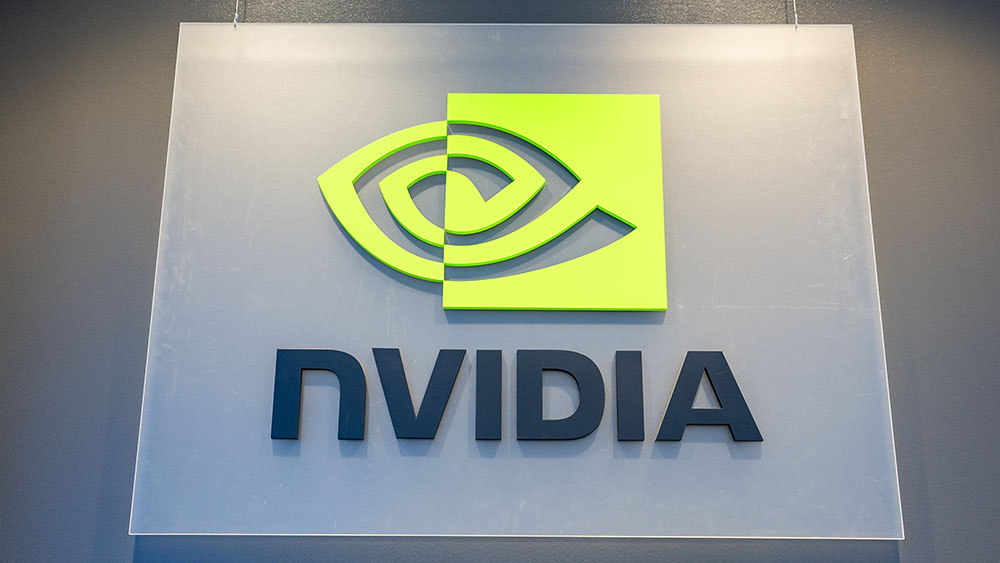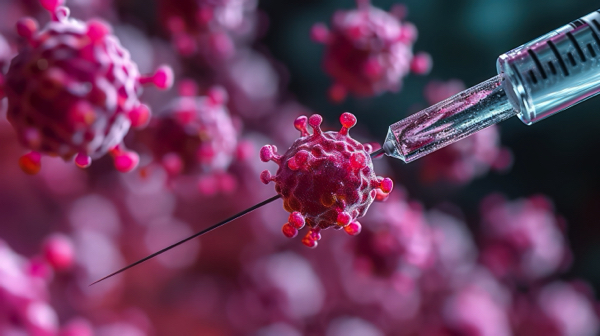U.S. vows to counter Chinese influence in Panama Canal
04/13/2025 / By Ava Grace
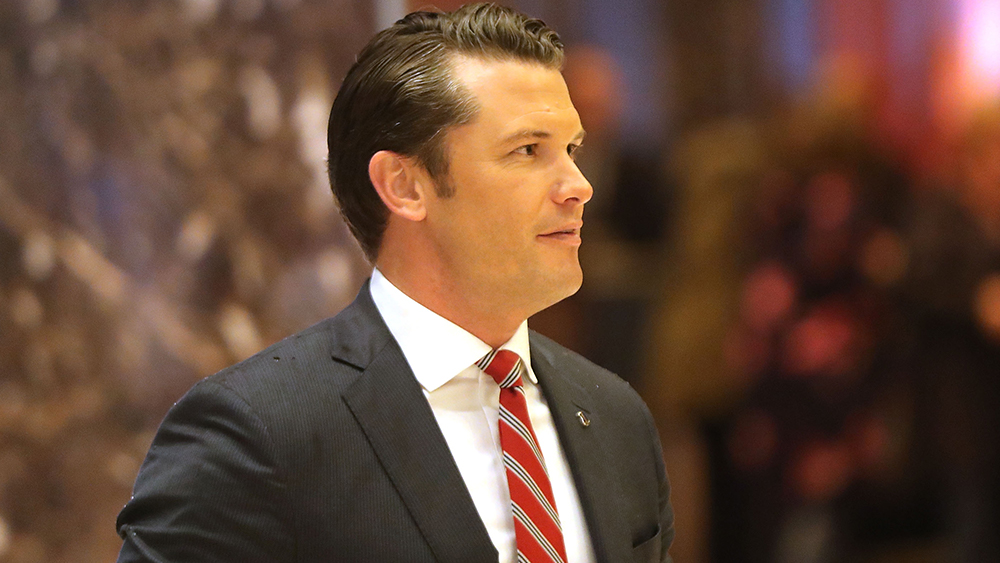
- The U.S. aims to counter China’s growing presence near the Panama Canal through military and economic partnerships, with Defense Secretary Pete Hegseth vowing to “take back” control of the strategic waterway.
- While China does not operate the canal, its control over nearby ports raises espionage fears. The U.S. has deployed Navy and Coast Guard assets for joint exercises with Panama, marking heightened military cooperation.
- Panama asserts sovereignty over the canal but has made concessions to the U.S., including withdrawing from China’s Belt and Road Initiative. A U.S.-led consortium may acquire Chinese-leased ports, a move praised by Trump.
- China dismisses U.S. claims as sensationalistic, citing historical U.S. interference (1989 invasion) and emphasizing its commercial, not operational, role in Panama. Experts dispute claims of Chinese meddling.
- The canal is vital for global trade and military logistics, with the U.S. fearing Chinese intelligence exploitation. Panama remains neutral but caught in superpower competition, with tensions unlikely to ease.
The U.S. has escalated efforts to counter China’s growing influence over the Panama Canal, with Defense Secretary Pete Hegseth promising that Washington will “take back” control of the strategic waterway through strengthened military and economic partnerships with Panama City.
The secretary made the announcement during the inauguration of a U.S.-funded naval dock in Panama’s capital Tuesday, April 8. It follows repeated warnings from former President Donald Trump about Beijing’s alleged encroachment on canal operations.
The canal sees over 40 percent of U.S. container traffic, worth $270 billion annually. Given its status as a linchpin of global trade, ensuring its security is a top priority for Washington. The U.S. completed construction of the Panama Canal in 1914 and handed it over to Panama in 1999.
Hegseth emphasized that while China does not operate the canal, its control over nearby infrastructure – such as ports leased by Hong Kong-based CK Hutchison – raises espionage and security concerns. “China-based companies continue to control critical infrastructure in the canal area,” Hegseth said. “That gives China the potential to conduct surveillance activities across Panama.”
Panama Canal: More than just a trade route
In recent weeks, the U.S. has deployed Navy vessels, Coast Guard cutters and aircraft to Panama for joint exercises, marking the most significant military cooperation between the two nations in decades. The guided-missile cruisers USS Chosin and USS Normandy, along with the USCGC Kimball, are among the assets now operating near the canal. Hegseth framed the deployments as “bold first steps” to reinforce Panama’s sovereignty, though Panamanian officials insist the canal remains firmly under their control.
Meanwhile, Panamanian President Jose Raul Mulino has pushed back against Trump’s claims of Chinese control, calling the canal part of Panama’s “inalienable patrimony.” Yet Mulino has made concessions to Washington, including withdrawing from China’s Belt and Road Initiative in February. A recent audit also flagged irregularities in CK Hutchison’s port leases, paving the way for their sale to a U.S.-led consortium including BlackRock – a move Trump hailed as “reclaiming” the canal. (Related: BlackRock secures control of Panama Canal ports, curtailing Chinese influence.)
China’s embassy in Panama dismissed U.S. allegations as “sensationalistic,” noting that the only disruption to the canal’s operations came during the 1989 U.S. invasion. The embassy even asked: “Who is truly safeguarding the canal’s neutrality?”
The canal’s strategic value has surged amid the U.S.-China rivalry, with planners at the Department of Defense viewing it as vital for moving warships during potential Pacific conflicts. While Panama maintains neutrality, Washington fears Beijing could exploit commercial ties for intelligence gathering – a concern amplified by China’s global infrastructure ambitions.
Watch this discussion that centers on what President Donald Trump’s rhetoric about the Panama Canal could mean for the U.S. and China.
This video is from the NewsClips channel on Brighteon.com.
More related stories:
Trump signals willingness to use force to retake Panama Canal, Greenland.
Trump vows to reclaim Panama Canal, saying it belongs to America.
Russia enters the fray: Trump’s Panama Canal claims threaten global trade neutrality.
Sources include:
Submit a correction >>
Tagged Under:
big government, China, CK Hutchison, communist China, espionage, global trade, logistics, maritime trade, national security, Panama Canal, port infrastructure, Spygate, supply chain warning, trade route, United States
This article may contain statements that reflect the opinion of the author
RECENT NEWS & ARTICLES
COPYRIGHT © 2017 NATIONAL SECURITY NEWS




